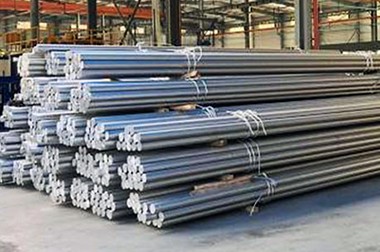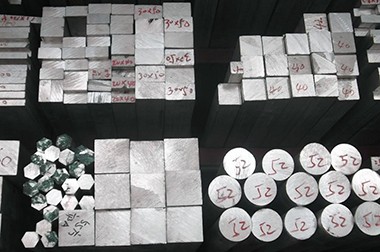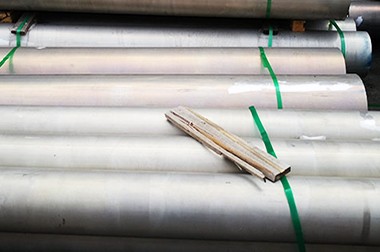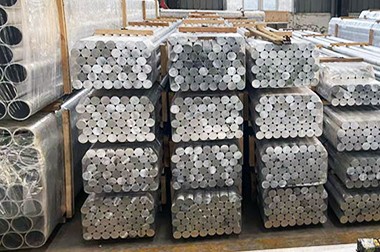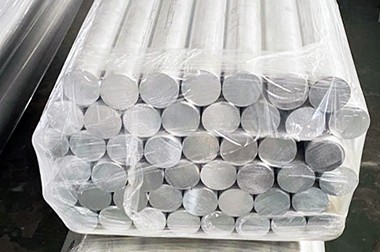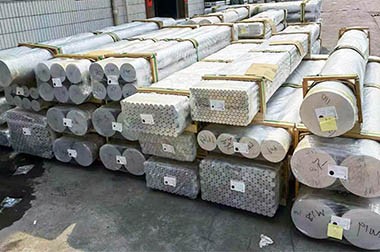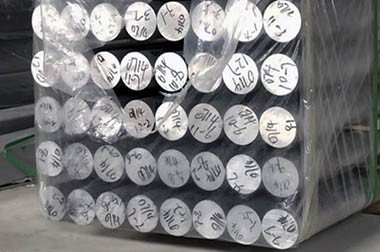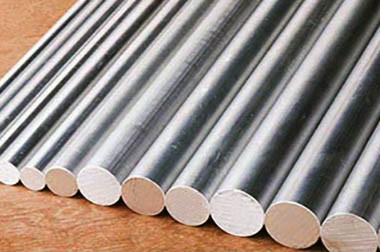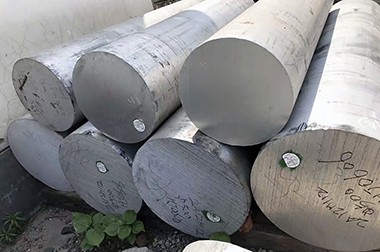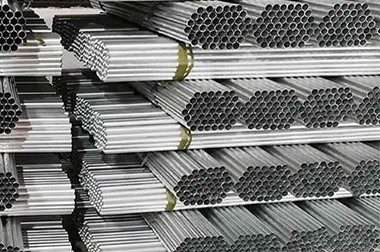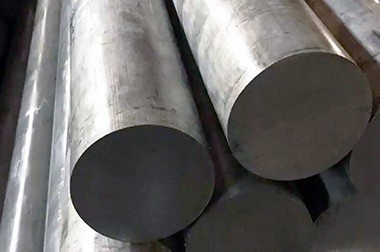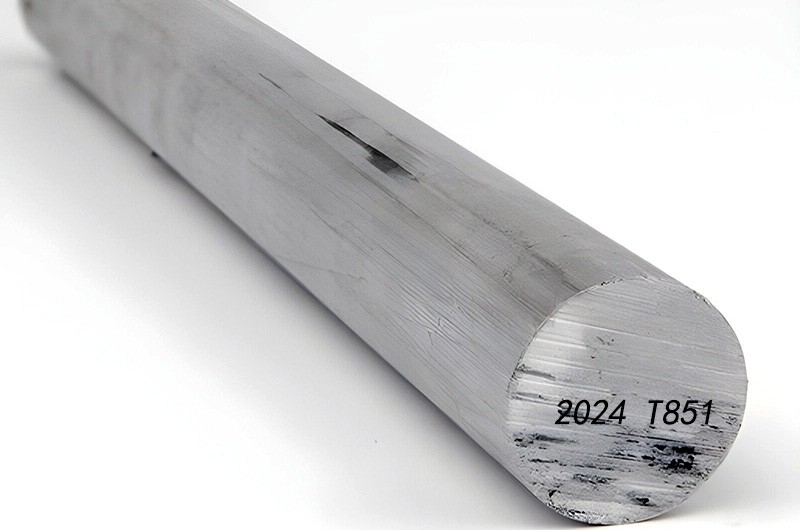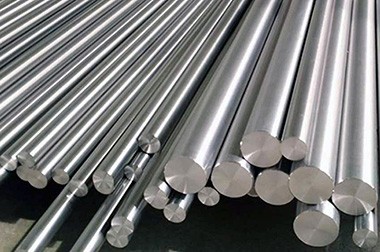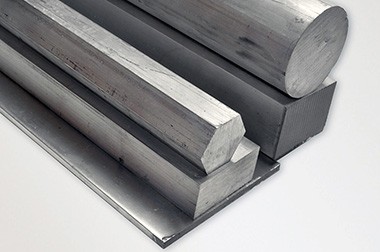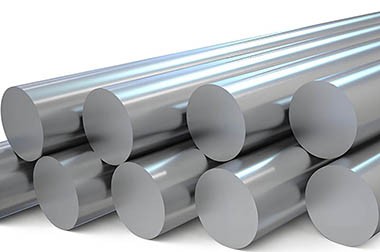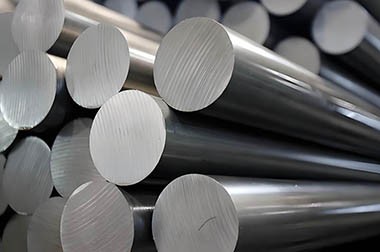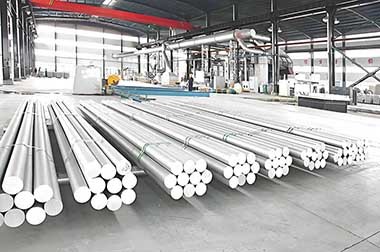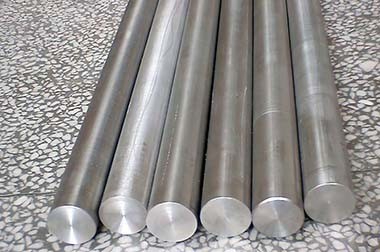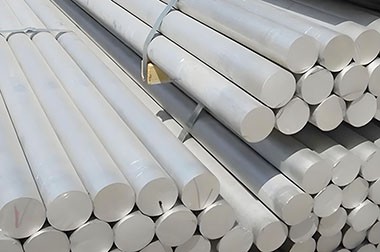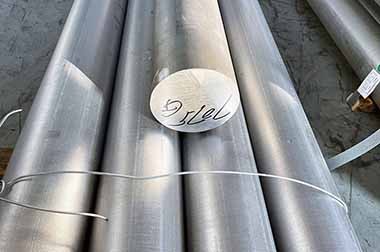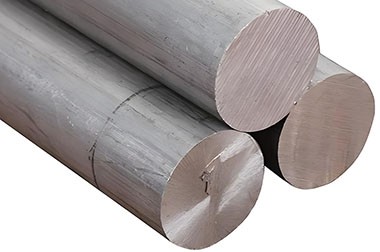2618 T6 T6511 T651 T61 Aircraft Aluminium Rod
2618 aerospace aluminum is a high-strength aluminum alloy belonging to the 2xxx series, with copper (Cu) as the primary alloying element, and often includes magnesium (Mg), silicon (Si), and a small amount of zirconium (Zr). This aluminum alloy is widely used in the aerospace field due to its excellent mechanical properties and good high-temperature resistance.
Due to its strength and high-temperature resistance, 2618 aluminum alloy performs exceptionally well in applications that require materials to be lightweight, high-strength, and resistant to high temperatures.
With its outstanding performance and wide applicability, 2618 aerospace aluminum rod has become one of the important materials in the aerospace industry. Its applications cover various aspects, from engine components to structural parts, ensuring the performance and safety of aircraft.
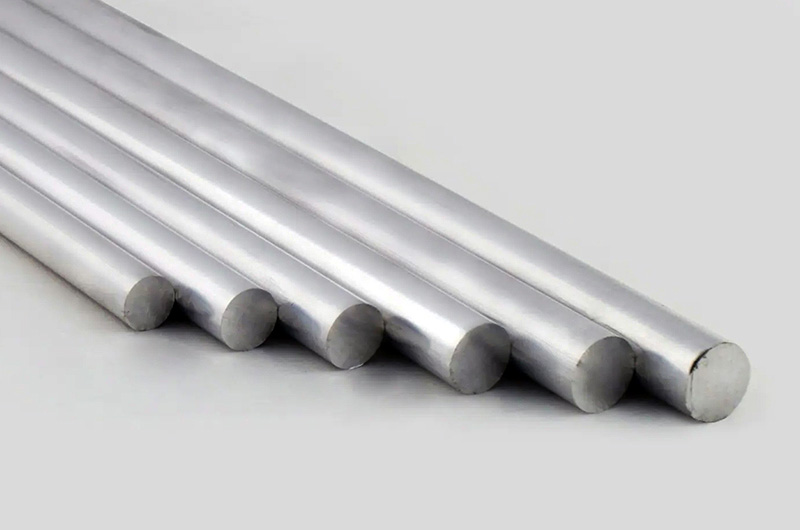
Characteristics of 2618 Aircraft Aluminum Rod
- 1. High strength: 2618 aluminum alloy has excellent strength, especially maintaining good mechanical properties in high-temperature environments. Compared to other aluminum alloys, 2618 retains good performance above 200°C, making it particularly suitable for high-temperature applications in aerospace.
- 2. High-temperature resistance: Due to the copper content and a small amount of other elements in the 2618 alloy, it exhibits excellent strength and stability at high temperatures, making it suitable for manufacturing aircraft engine components, heat exchangers, and structural parts working in high-temperature environments.
- 3. Good machinability: This aluminum alloy has good machinability, allowing it to be manufactured and formed using traditional processing methods (such as cutting, forging, welding, etc.).
- 4. Moderate corrosion resistance: Compared to 7000 series aluminum alloys, 2618 has weaker corrosion resistance, so surface treatment or coating protection is usually required during use.
- 5. High fatigue strength: 2618 alloy has a high fatigue strength, making it suitable for applications that experience significant cyclic stress.
2618 aircraft aluminium rod chemical composition
| 2618 aluminium rod chemical composition | |
| Al | 93.7 |
| Cu | 2.3 |
| Mg | 1.6 |
| Fe | 1.1 |
| Ni | 1 |
| Si | 0.18 |
| Ti | 0.07 |
2618 aircraft aluminium rod mechanical properties
| Tensile Strength | 372 MPa |
| Tensile Strength, Ultimate | 441 Mpa |
| Shear Strength | 262 Mpa |
| Fatigue Strength (completely reversed stress; RR Moore machine/specimen) | 124 Mpa |
| Elastic Modulus (AA; Typical; Average of tension and compression) | 74.5 Gpa |
| Poisson's ratio | 0.33 |
| Elongation at Break | 10% at -28.0 °C |
| 14% at 149 °C | |
| 50% at 260 °C |
2618 aircraft aluminium rod hot selling alloy series
2618 aluminum alloy is typically further enhanced in its mechanical properties through heat treatment (such as T61, T6, and T651 conditions). Heat treatment can effectively improve its hardness, strength, and durability.
2618 T6 Aerospace Aluminum Bar
The 2618 T6 aluminum bar is a heat-treated alloy known for its high strength-to-weight ratio and excellent machinability. The "T6" designation indicates that the material has been solution heat-treated and artificially aged, enhancing its mechanical properties. This type of bar is commonly used in aerospace applications where high performance and lightweight components are critical.
2618 T61 Aerospace Aluminum Bar
The 2618 T61 aluminum bar is another heat-treated variant, similar to T6 but with a different aging process that results in slightly different mechanical properties. The "T61" designation indicates that the alloy has been solution heat-treated and then aged to achieve specific strength characteristics. It is often used in applications requiring superior strength and fatigue resistance, making it suitable for aerospace components under high stress.
2618 T651 Aerospace Aluminum Bar
The 2618 T651 aluminum bar is a variation that has undergone a specific heat treatment process. The "T651" designation signifies that the material has been solution heat-treated, artificially aged, and stress-relieved, making it less prone to warping during machining. This type of bar offers high strength and is ideal for critical aerospace applications, where dimensional stability and mechanical performance are essential.
2618 Aerospace Al Extruded Bar
The 2618 aerospace aluminum extruded bar is produced through an extrusion process, which involves forcing the aluminum alloy through a die to create a specific cross-sectional shape. Extruded bars can have a variety of profiles (round, square, etc.) and are known for their uniform properties and good surface finish. This form is commonly used in aerospace structures and components due to its lightweight and high-strength characteristics.
2618 Aerospace Aluminum Forged Bar
The 2618 aerospace aluminum forged bar is created through a forging process, which involves shaping the metal under high pressure. This method enhances the microstructure of the aluminum, leading to improved mechanical properties, including strength and toughness. Forged bars are often used in critical aerospace applications where high reliability and performance under extreme conditions are required.
2618 Aerospace Aluminum Round Bar
The 2618 aerospace aluminum round bar is a cylindrical bar made from the 2618 alloy, available in various diameters. This form is commonly used in applications where round components are needed, such as shafts, pins, and fasteners. The round bar retains the high strength and lightweight properties of the 2618 alloy, making it suitable for aerospace applications.
2618 Aerospace Aluminum Square Bar
The 2618 aerospace aluminum square bar has a square cross-section and is used in applications that require a solid, stable shape for structural components or fittings. This form is advantageous in machining and assembling parts where square profiles are necessary. Like other forms of 2618, it is known for its strength and lightweight characteristics.
2618 Aerospace Aluminum Flat Bar
The 2618 aerospace aluminum flat bar features a flat, rectangular shape, making it useful for applications such as brackets, plates, and other structural components. The flat bar can be easily machined and welded, and it retains the high strength and lightweight properties of the 2618 alloy, making it suitable for demanding aerospace applications.
Applications of 2618 Aerospace Aluminum Bar
2618 aerospace aluminum rod is widely used in the aviation field due to its excellent mechanical properties and high-temperature resistance.
1. Engine Components
Due to its high strength and heat resistance, 2618 aluminum alloy is commonly used in various components of aircraft engines, including:
- Pistons: In aircraft engines, 2618 aluminum alloy pistons can withstand high temperatures and pressures, ensuring efficient engine operation.
- Cylinder Blocks: With its good thermal conductivity and strength, 2618 aluminum alloy can be used to manufacture cylinder blocks, helping to improve overall engine performance.
- Turbine Blades: In some high-performance engines, 2618 aluminum alloy can be used for the manufacturing of turbine blades to withstand high temperatures and stress conditions.
2. Structural Components
2618 aluminum alloy is also used in aircraft structural components, primarily including:
- Fuselage Frames: In lightweight design, the high-strength characteristics of 2618 aluminum alloy make it an ideal choice for fuselage frames, enhancing the overall strength and safety of the aircraft.
- Wing Beams: 2618 aluminum alloy used for wing beams can withstand various loads during flight, ensuring the stability and strength of the wings.

